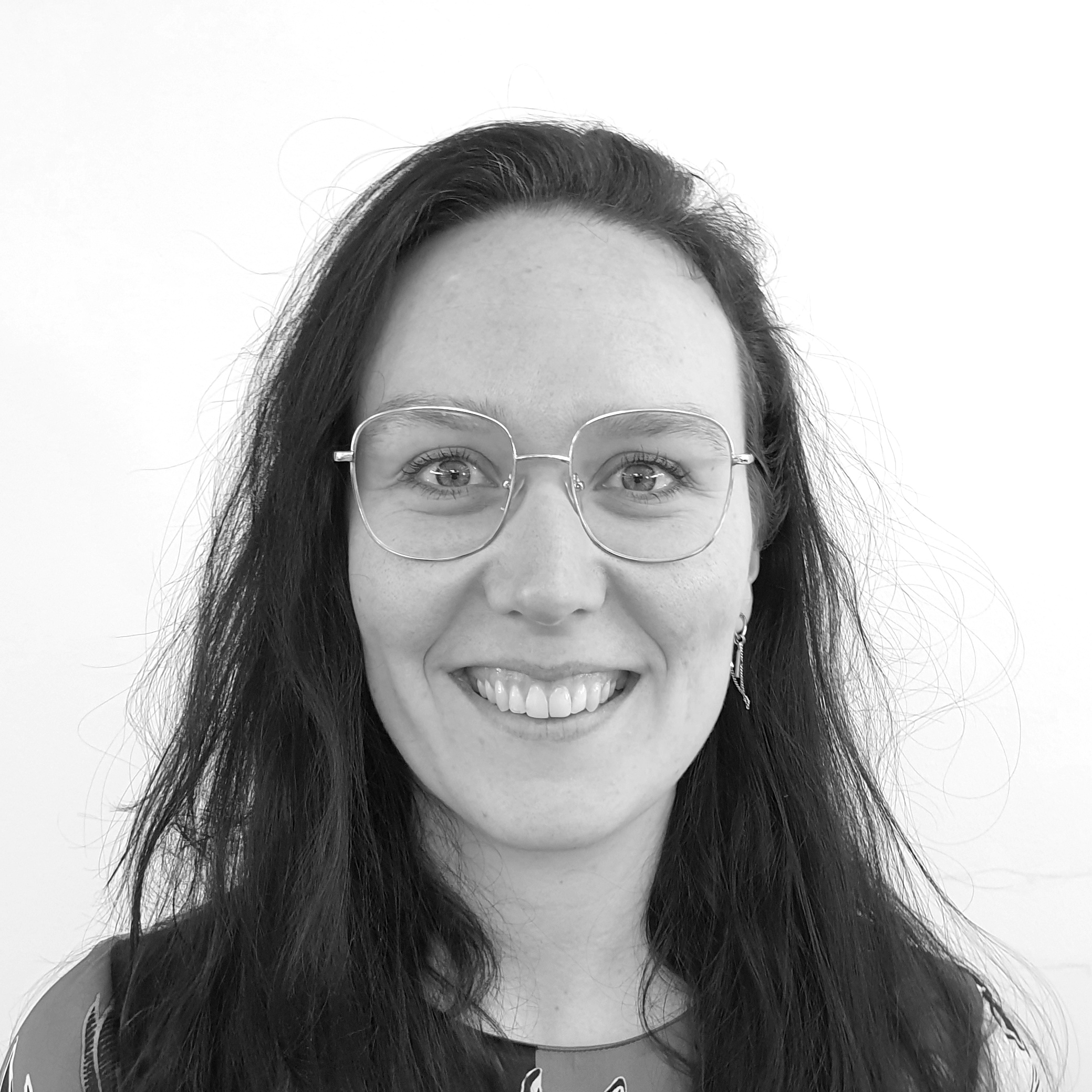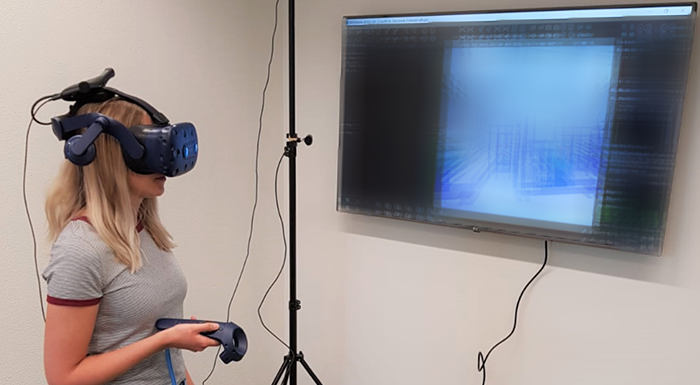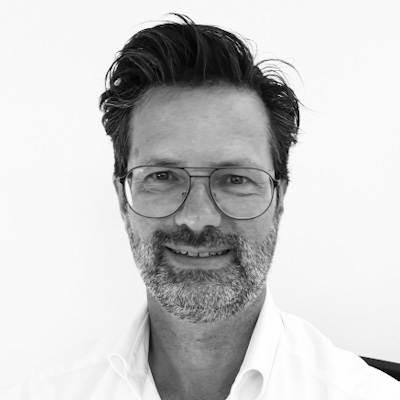PRINCE2® or Agile: what is the best option for system development?

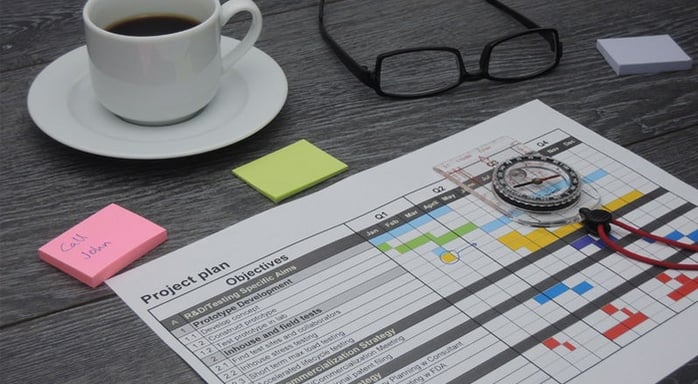
A good project management method is essential for successful development trajectories. Both during the development of integrally modular product families and with regular system development projects, we apply project management in close collaboration with our clients. We do this in a way that optimally supports the project, but is also flexible enough to deal with changes in a project. PRINCE2® and Agile are project management methods that we use and even prefer to combine.
Project management
At Post en Dekker, the project management methodology should fit in with the project, but also with the organisation and the culture of our clients. Stakeholders and clients should be provided with the right information about progress, planning and budgets. Also, the project team should be offered the right tools to be able to operate efficiently.
In the pre-stage of a project, with a SmartScan or during a feasibility study, a project approach can be visualised simply and reasonably abstract in a limited number of consecutive steps. These steps are in accordance with the V-model, the product development phasing (Orientation & Definition > Concept engineering > Basic engineering > Detail engineering > Realisation > Implementation) or fit in when you zoom out a little more in the stage-gate model.
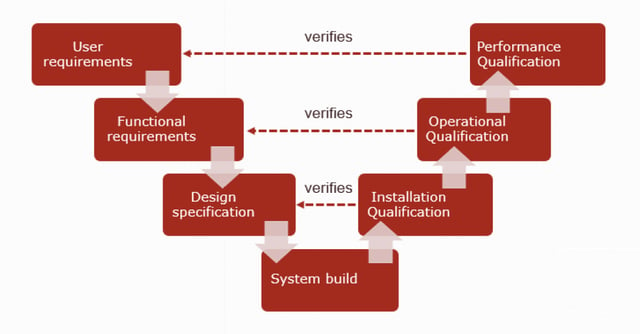
These steps make it possible to provide a clear picture of the road towards the ultimate goal. In the early stages there is a reasonable extent of detail necessary to make a realistic estimate and apply for budgets. However, the more accurate project plans and budgets are listed in advance, the greater the chance anomalies will occur along the way.
Because of advancing understanding, scope, risks, interests and priorities sometimes change. Iterations also take place during a development project. For it is difficult to determine exactly in advance how a dynamic development trajectory will unfold. It is essential therefore to be able to deal with this flexibly and efficiently.
PRINCE2® waterfall?
Traditional structured ‘waterfall’ methods often do not provide sufficient possibilities to deal with changes in time, costs and quality. These are predefined pillars on which the projects are set up. Changes can quickly influence one of these factors because of which the entire project will overrun, you will go over budget or the desired result will simply not be achieved. PRINCE2® is the answer to these traditional waterfall methods. PRINCE2® offers many tools aimed at change during a project.
The following PRINCE2® principles already clearly illustrate this:
- Continued business justification: continuously; even when changes occur
- Manage by stages: obvious Go/No-go moments
- Manage by exception: manage on deviations; in short, guidance is needed with changes outside the limits of delegated responsibility
- Focus on products: focus on definition, quality and delivery of products
- Tailor to suit the environment: the method is to tailor towards any environment and size of a project.
Point is that during the implementation of a complex system development project, the phases are still subsequent and take a long time. When a product family is developed by completing all modules in concept and then according to basic engineering, and continuing with detail engineering, then this is not extremely efficient. This is very ‘head-to-tail’ and problems during the development of a module could stall everything.
In principle, all modules should go through the product development cycle and, preferably, you would want to tackle the most risky matters first. Also, you would like to have several cases run efficiently parallel. Creating a comprehensive action plan to develop dozens to thousands of modules might be possible, but will also regularly be subject to modifications and will make it hard to continue to secure overview and trust with stakeholders and project board.
It is in this implementation phase of these types of system development projects that Agile can offer surplus value.
Agile and Scrum
During the past decades new project management methods often came about in IT/software environments. PRINCE2® is originally a standard that the English government developed and used for its IT projects. Agile was created on the basis of a manifest that was drafted by software developers. Agile includes several frameworks of which Scrum, Kanban, but also Lean, are the best known examples. Scrum, for example, is not the same as Agile, but one of the ways to apply the Agile philosophy and then especially focused on workflow and team management.
Developing software is, however, something quite different than integrally developing a machine or a product family. Agile, for example, is aimed at producing fast and continuously working software. This is quite something else when developing a machine. Milestones can be defined in the shape of proof of concepts and of course prototypes and 0-series, but no working machine that you continue to build on.
There really is no necessity and surplus value to integrally apply Agile in integral mechanical oriented development trajectories. Yet, there are still many techniques and tools that do have surplus value here, of which these are the most important:
- Iterative development: in each development, iterations are norm rather than exception.
- Planning in Sprints (Timeboxes): in the implementation phase of a project.
- MoSCoW: requirement prioritisation for tasks but also product functions, variants and options. For classification according to importance and in the timeline/development roadmap.
- Daily stand-ups: for continuous focus and commitment within the project team.
Best of both worlds
PRINCE2® is certainly not hopelessly out of date, but actually a very up-to-date and scalable project management framework that can be brought in line extremely well per organisation, client or project type.
Agile methodologies like Scrum, add lots of flexibility, can increase efficiency and shorten the time-to-market. Scrum can be easily fitted into a PRINCE2® environment. The most important requirement is understanding and acceptation of this method.
It is important not to be held ’hostage’ by a familiar method or fixed pattern, but also be flexible here. Changes in development trajectories are the norm, not the exception. The Agile credo “Embrace the change” is telling. It pays off to research and use Agile’s thoughts, tools and best practices.
There is no need to choose between PRINCE2® or Agile.
Are you curious how we can help your company with development and project management? Please get in contact.
TIP: Not only we register a greater need for agile flexibility in prince2 environments since mid 2015 Axelos (the developer and owner of the Prince2 methodology, among others) launched a new concept called “Prince2 Agile”. This is the modified version of Prince2 for use in Agile environments such as, for example, Scrum. See also http://www.axelos.com/best-practice-solutions/prince2/prince2-agile





